Condo owners living on the 14th floor of the Arras Residences will soon enjoy a floor-to-ceiling view of downtown Asheville and the surrounding mountains.
Hotelier John McKibbon predicts the massive 18-story project, which is filling the shell of the former BB&T building on Pack Square, will be complete by the end of March next year.
The building will have plenty of space for visitors, including a 128-room hotel and 54 condos, but those involved in the development of the Arras see it as more than a place for people to rest their heads.
“The public library on Haywood has a lot of great old pictures of Asheville downtown in the late 1700s, 1800s and even the early 1900s that [show] this was literally the center of town,” says Peter Pollay, who owns the restaurant Posana on Pack Square with his wife, Martha. “This is where everyone met.”
The Pollays will be leasing space on the ground floor for Bargello, which will specialize in Mediterranean food, and a yet-unnamed bar. Peter Pollay anticipates about 115 employees will handle the food and beverage service.
McKibbon, the head of McKibbon Hospitality, hosted tours throughout the day on Sept. 27 for local media, showing off models for two hotel room options — the standard and the suite — and one of the building’s condominiums.
Hotel rooms have 10-foot ceilings, and McKibbon says they have been designed to incorporate elements of the natural world — including wood floors and tile that mimics mica. “It’s a contemporary hotel, but then you still bring in the colors and the materials that you would find in nature,” McKibbon said. He hopes guests will see their rooms as a “haven.”
“Asheville is a very vibrant city, lots of music and fun things to do, but then if you want to get away from it and get back to your haven, that’s what we try to do,” McKibbon said. “Very comfortable, warm colors, but very high-tech as well.”
The rooms also feature local artwork, and McKibbon estimates about 15 to 20 local artists will be represented in the hotel once it’s complete.
Of the building’s 54 condos, four remain available. McKibbon says about half of the units have gone to locals. “Most of our condos are purchased by couples, really mainly empty-nesters,” he says. The condos range in price from about $550,000 to $2 million.
When Asheville City Council approved the project in January 2016, two Council members, Brian Haynes and Keith Young, voted against the development, fulfilling campaign promises each had made to curtail what some see as out-of-control growth in Asheville, particularly among hotels.
“That was a little bit of a shocker,” McKibbon said on Sept. 27. The project, he said, will employ local workers and bring the city a lot of revenue in the form of property taxes.
During the 2016 Council meeting, McKibbon also promised to pay full-time employees a living wage, to make a sizable investment in the city’s affordable housing trust fund and to improve and widen the sidewalks around the building, promises he now says McKibbon Hospitality is keeping or has kept.
“I’m not sure what the negatives would be,” he said.



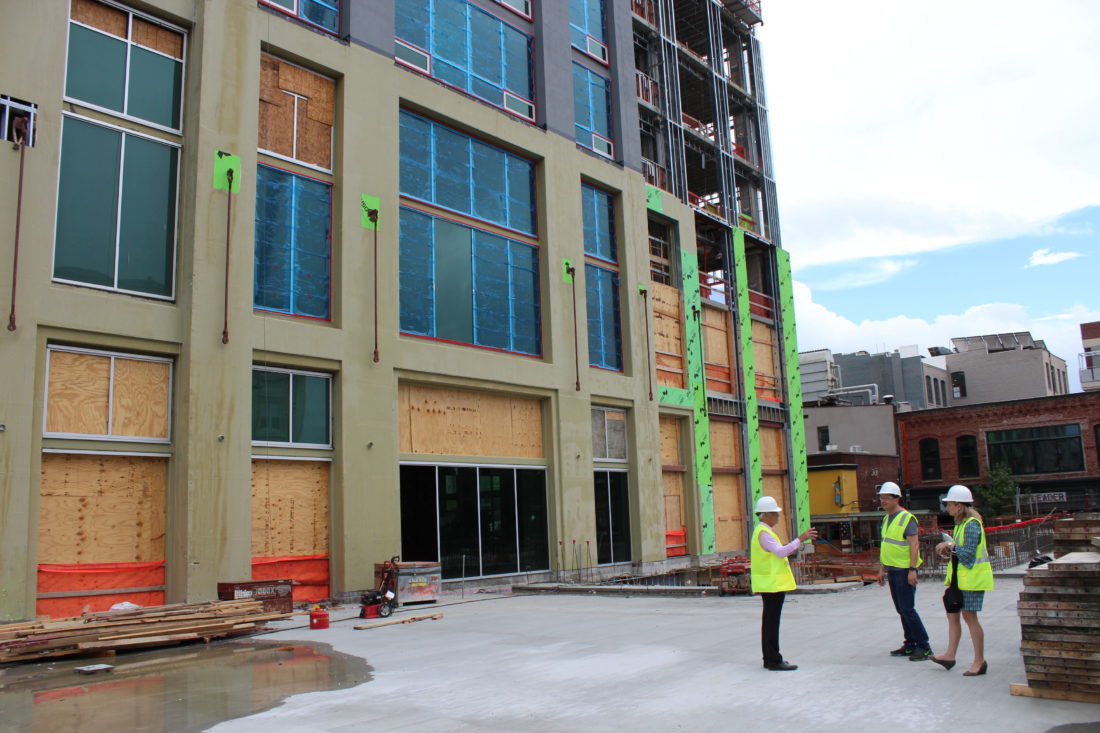
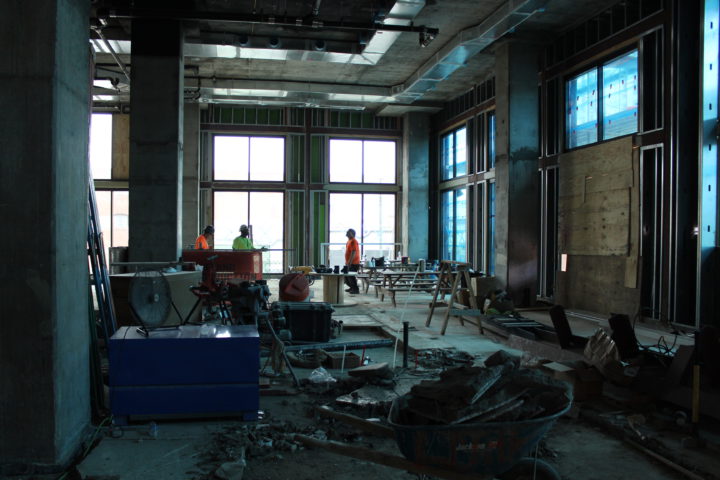
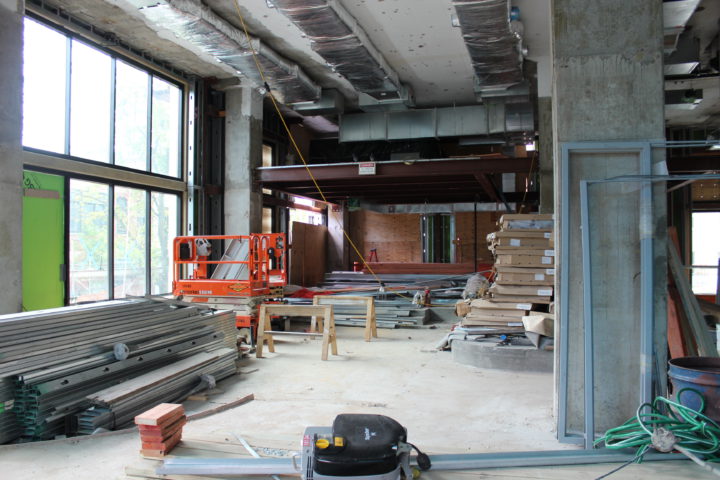
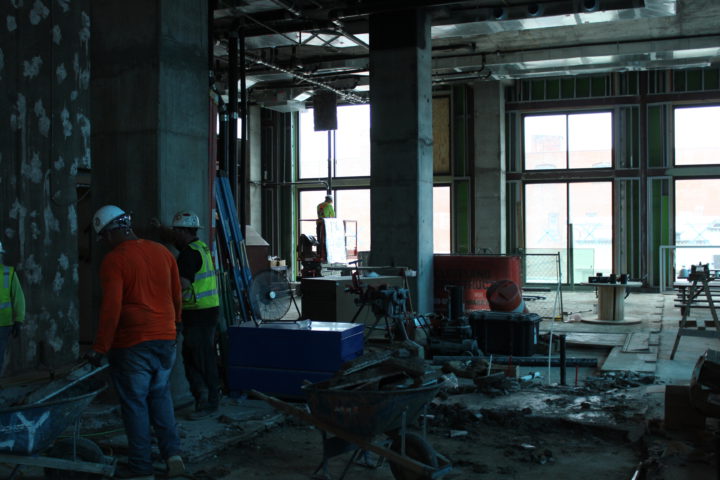
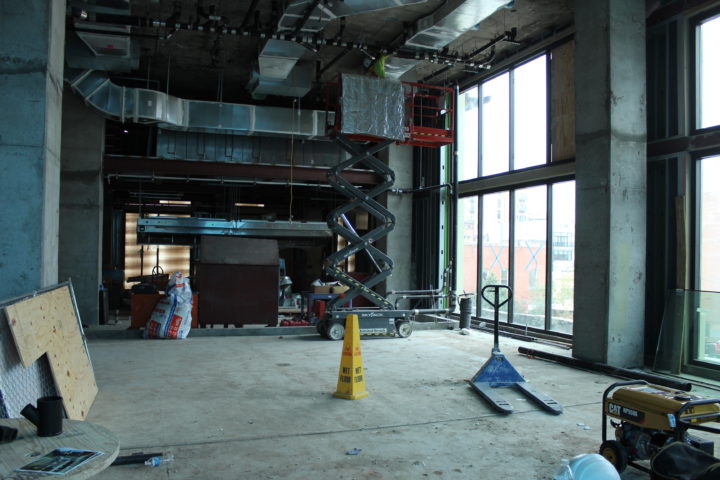

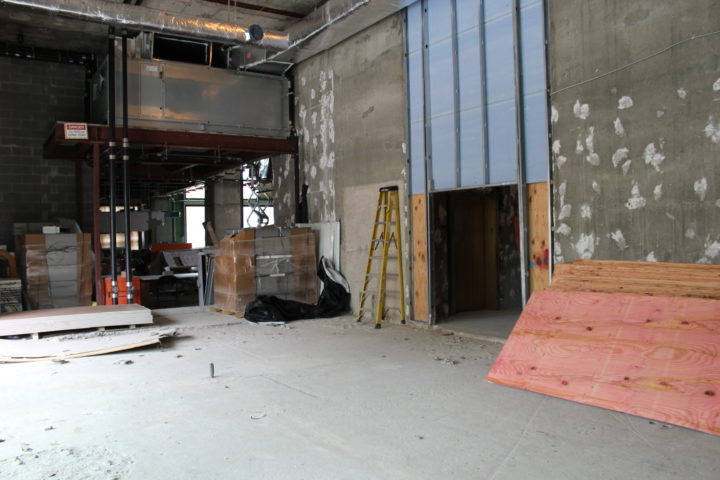
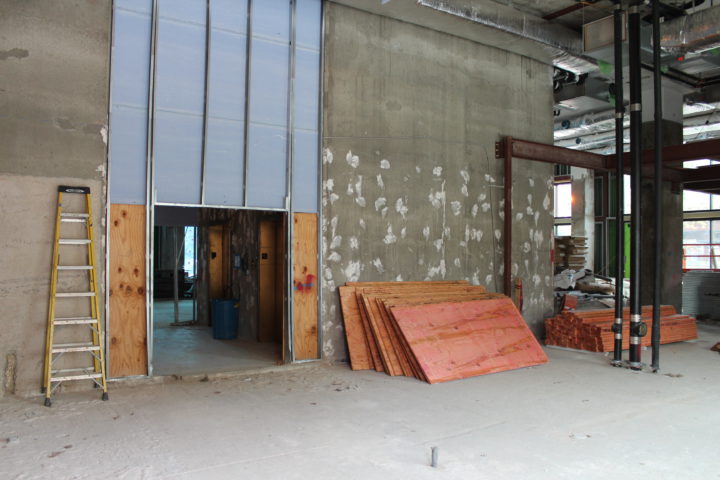
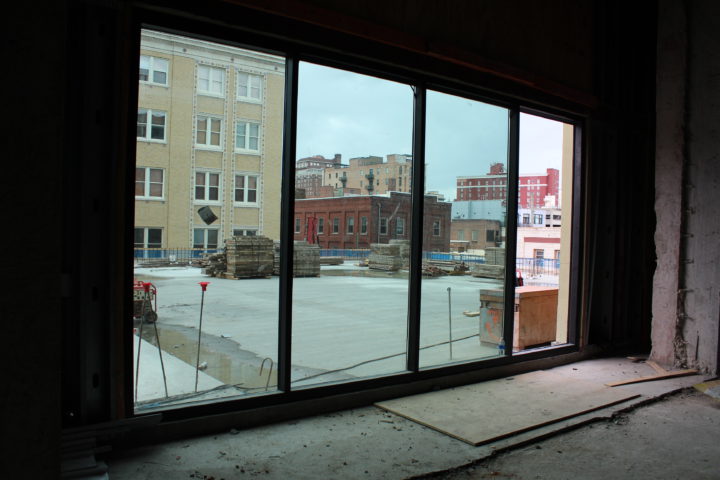
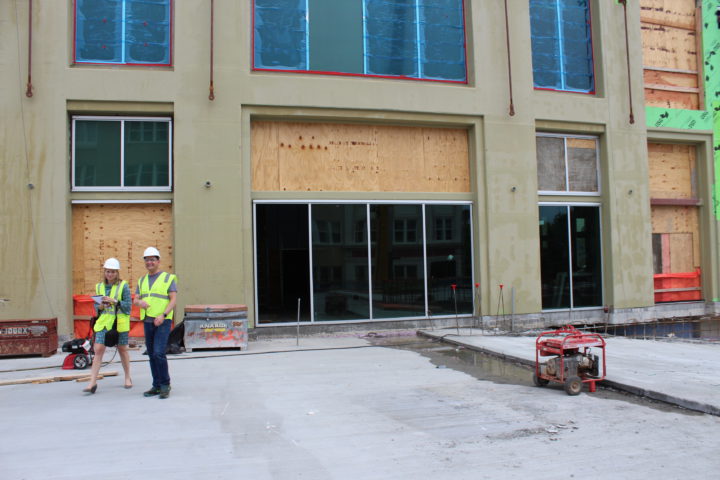
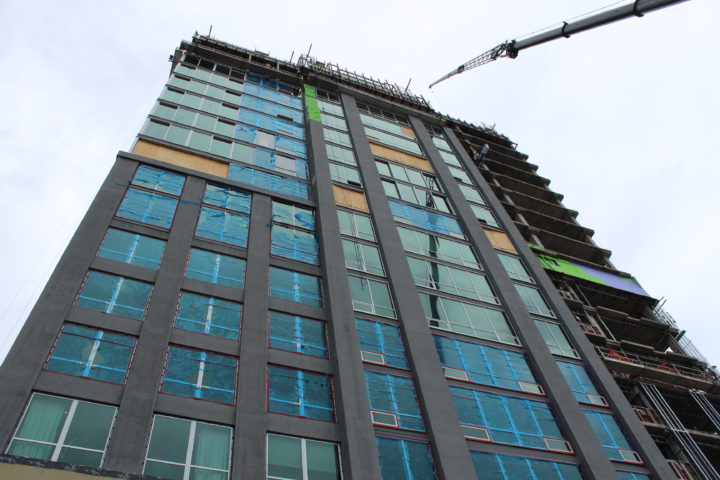



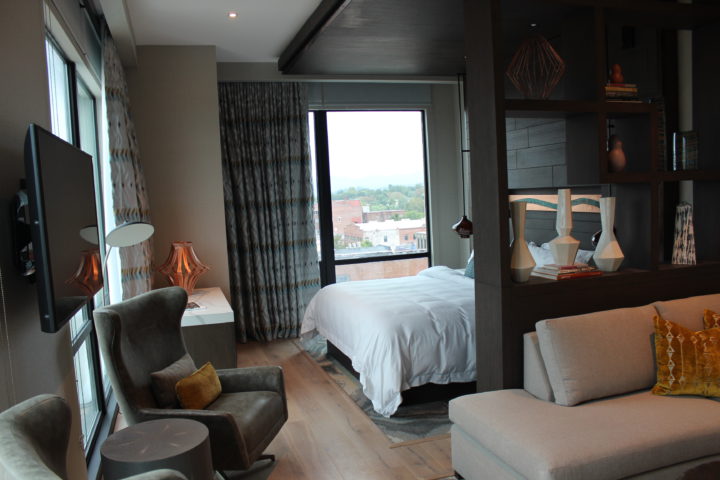
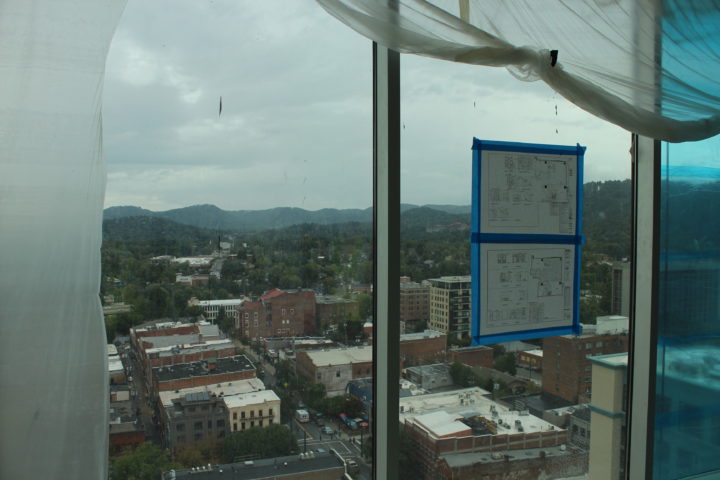
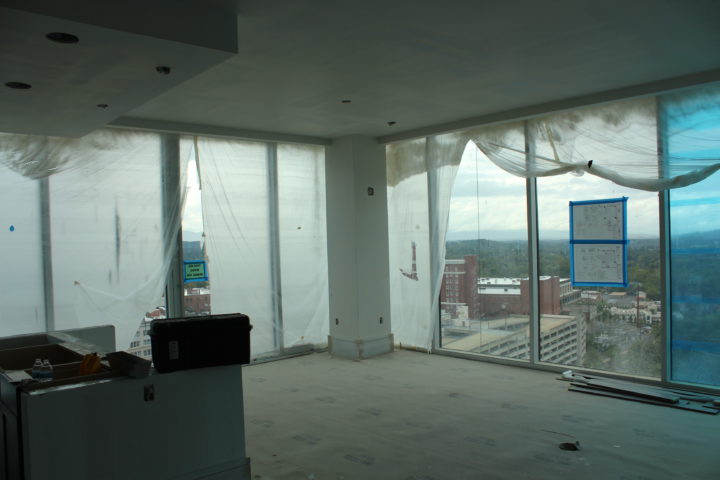
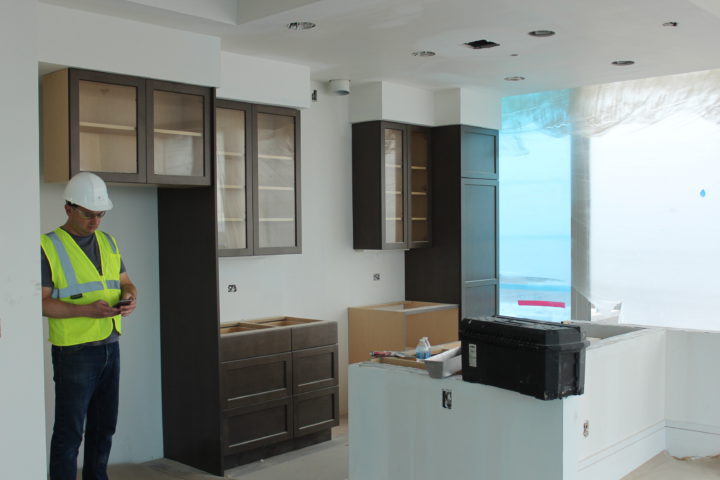
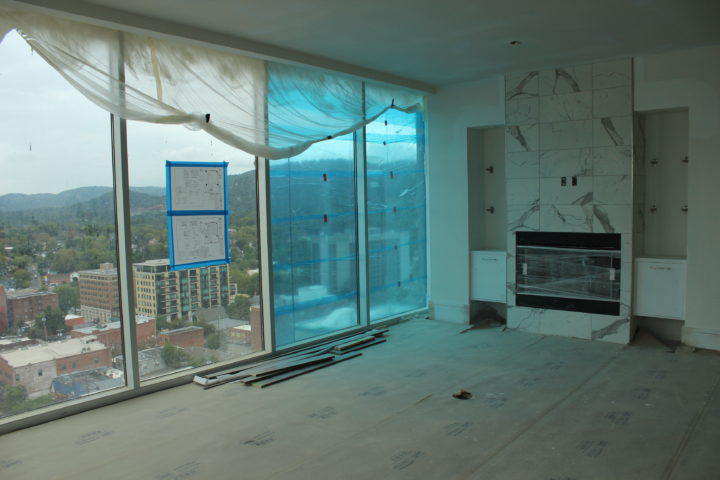
I don’t know…. is it just me or is the name R-ASS kind of worse that [the] BB&T? I mean, how much did they pay someone to come up with this name???
Housing for tourists! Greed is such a plebeian thing.
The building was 50+ years old, was only partly occupied, was no longer functional as a modern office building, would have required a total rework just to bring it up to code, and was increasingly an eyesore. Please share what the alternative plan might have been or should have been, and where the money for it was to come from. I would rather see it as a thriving office building full of well paying jobs, instead of it being converted to a condo and hotel – but given the structural realities of the WNC economy, that was not going to happen. What is happening there is a huge improvement over what the building had become.
Thanks for helpful comment.
I don’t know…. is it just me or is the name R-ASS kind of worse than [the] BB&T? I mean, how much did they pay someone to come up with this name???
“During the 2016 Council meeting, McKibbon also promised to pay full-time employees a living wage, to make a sizable investment in the city’s affordable housing trust fund and to improve and widen the sidewalks around the building, promises he now says McKibbon Hospitality is keeping or has kept.”
He also promised to use his influence with the TDA to have more of the occupancy tax revenue directed towards city infrastructure most affected by tourism. Did he mention that during the viewing?
And has he ever been asked about this promise? The local media, including MX, have given him a pass on this with their crickets.
I also strongly favor changing the way the occupancy tax is allocated, allowing for Asheville and Buncombe to receive a significant share of the revenue, especially for purposes of maintaining and improving the infrastructure and services most effected by tourism.
If I recall correctly, McKibbon advocated (and I assume still advocates) some kind of more flexible formula that would see local governments’ share of those dollars increased during boom times (like now – when tourist advertising can receive less funding without significantly impacting the industry, and when the impact of tourism on local infrastructure and services is most acute ), and decreased during leaner times (when more advertising may provide the local economy with more stimulus from tourism).
Regardless of the specific details of what he has advocated, I do think that it is important to note that this commitment from McKibbon is very different from the others mentioned and delivered upon. As a member of the BCTDA, McKibbon is only one of nine industry members (with 2 ex-officio members from the Asheville and Buncombe governments). While I presume he is an influential member, he ultimately casts the same one vote as everyone else.
Perhaps more important, the tax and many of the most important parameters and restrictions on its collection and use, are established in state law which established the tax in the early 1980s. The BCTDA has no control over that. The point being that this is a policy over which Mr. McKibbon has limited influence, and he does not have the means to unilaterally make changes happen.
In terms of the city and county getting a larger share of revenues collected from tourism, I think we have to focus our primary attention on the state legislature, which could do much more to share a greater portion of both the sales tax (collected separately) and the tourism tax, with Asheville-Buncombe. I understand that politically, given the current make-up of the legislature, achieving that goal seems very unlikely, which only goes to further reinforce the point that McKibbon’s influence over this policy is very limited.
I do not know Mr. McKibbon, and I am not an advocate or apologist for his positions, actions, or inactions. However, I do believe he has been sincere in following through on most or all of the commitments he has made to Asheville, and believe he has very indirect and very limited influence over this particular tax policy.
The response there would be “don’t make promises you don’t have the power to keep.” There’s nothing in the statute to keep the TDA from spending some of the 75% of its net revenues assigned to “advertising and promotion” on non-capital projects within the county. That would be a start.
As we all know, aside from Chuck Edwards’s sliver of South Asheville and Arden, which apparently grants him the right to dictate the voting system of Asheville’s city council from his Hendersonville lair, everywhere in Buncombe is represented by Democrats in the NCGA. Voters can’t really make much difference there. But if Mr McKibbon really wanted to get the NCGA’s current majority on board with changing the statute, I’m sure a few campaign contributions wouldn’t hurt. It’s also worth comparing BCTDA’s current statutory arrangement with what other counties, cities and towns are doing:
https://www.ncleg.net/documentsites/legislativepublications/Legislative%20Analysis%20Division/Occupancy%20Tax%20Overviews/Occupancy%20Tax%20Overview.pdf